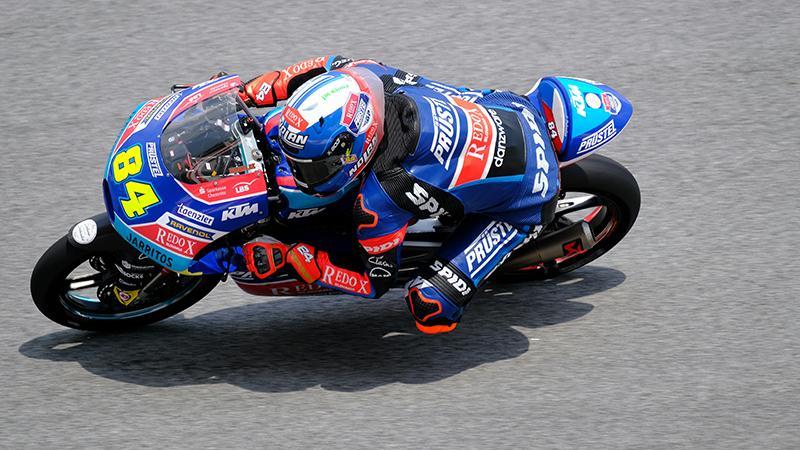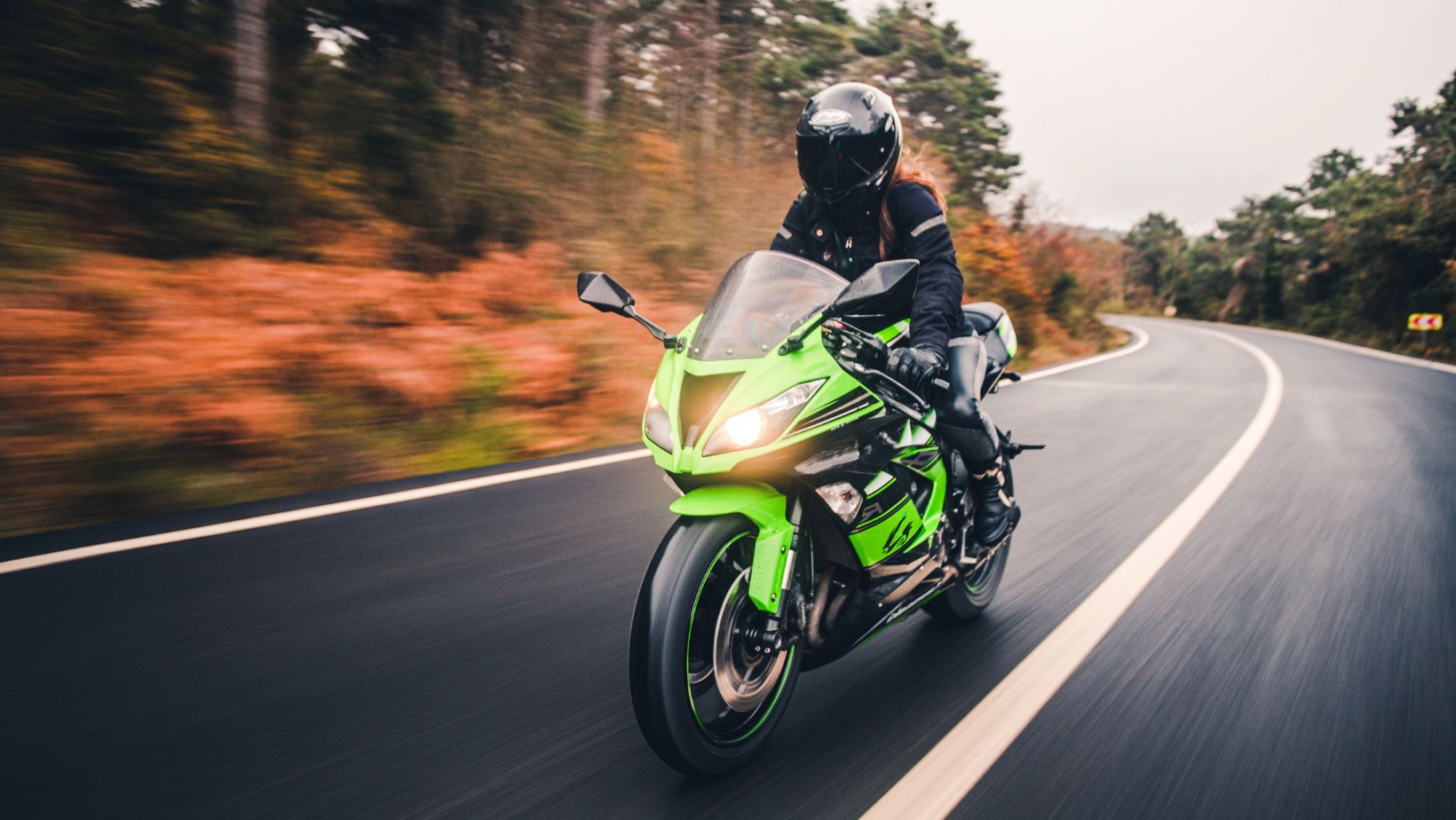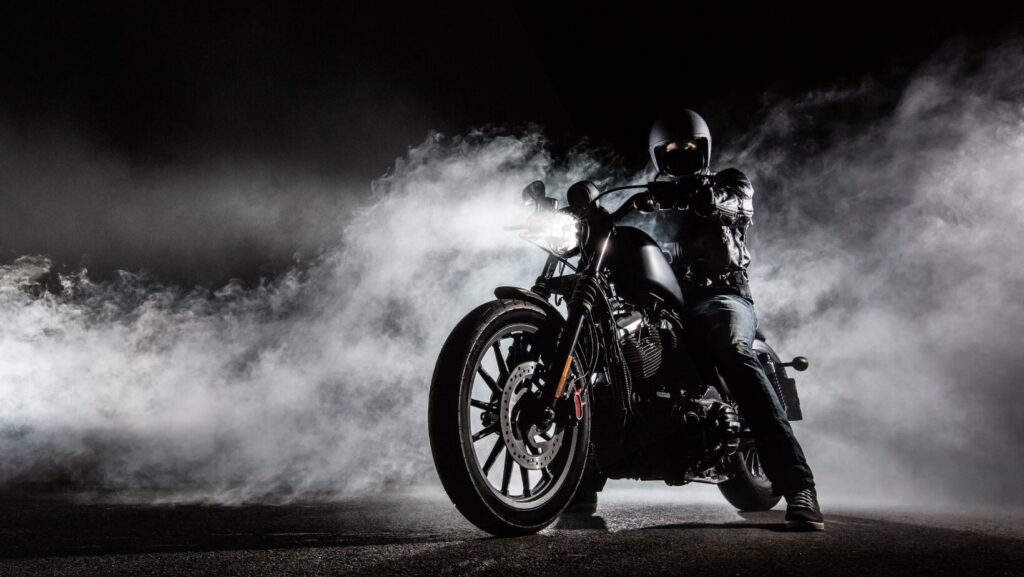
Motorcycling may not always look physically demanding, but ask any seasoned rider, and they’ll unanimously tell you that staying fit and healthy can drastically improve performance, safety, and enjoyment when on a bike. Whether you are a weekend cruiser, a daily commuter, or a racetrack enthusiast, your body plays a crucial role in how you handle the machine beneath you.
Riding a motorcycle engages your mind and entire body without you thinking about it. From maintaining core balance through turns to simply gripping the tank with your thighs, motorcycling’s demands are subtle yet significant. Poor posture, a lack of flexibility, and fatigue can quickly lead to discomfort, reduced reaction times, and accidents. By keeping themselves in good physical condition, riders can control the bike better, stay focused longer, and recover faster from endurance-sapping long rides and races.
The MotoGP Standard: Training Like a Champion
MotoGP riders set the gold standard in physical and mental fitness, and they have to because of the demands the sport puts on their bodies. Every MotoGP circuit has at least one area where riders experience at least 1.5 g under braking. Riders navigating the turn at the end of the Portimao circuit’s straight will experience 1.8 g when they hit the brakes. Ask any of the riders you see listed on the best MotoGP online betting sites about how much physical fitness plays a role in their continued success, and each will rank it almost as highly as their riding ability.
Physical Conditioning
Although a typical MotoGP race only takes 40-45 minutes, riders push their machines and themselves to the limit throughout that time. They follow comprehensive fitness routines to develop strength and endurance for race day. Riders often prioritize abdominal and lower back workouts to ensure they have a strong core. Similarly, leg strength is critical to controlling the bike through corners and maintaining posture during long sessions. Therefore, riders perform leg presses, lunges, and squats to build lower body power.
Riders can ill afford to neglect upper-body workouts, too. While upper-body strength is not as crucial as lower-body strength, it still plays an important role. Most riders focus on conditioning their arms, chest, and shoulders to help with steering, braking, and absorbing vibrations from the handlebars.
Cardiovascular Endurance and Flexibility
Cardio training is a non-negotiable part of a MotoGP rider’s program due to races lasting over 40 minutes, often in extreme heat, resulting in high heart rates. Activities like cycling, running, and swimming help build aerobic capacity, which improves recovery time between efforts.

Flexibility and mobility are essential for MotoGP riders because they allow them to maneuver their bodies smoothly around the bike. Riders must be able to quickly shift their weight, hang off the bike during cornering, or duck under the windscreen to eke out every ounce of speed. Performing dynamic stretching, pilates, and yoga are just three ways riders can become more flexible and mobile.
Mental Preparation
Non-racers often overlook the mental side of racing. Physical prowess is only half the equation. Riders must have incredible concentration to navigate corners at over 150 mph with opponents a few inches away. MotoGP riders improve hand-eye coordination and split-second decision-making through reaction drills, mindfulness, and visualization techniques.
Applying MotoGP Fitness to Everyday Riding
Even if you are the most casual of riders, it does not take a genius to realize that adopting elements of MotoGP training can improve your performance, endurance, and overall well-being.
Start by incorporating core strengthening exercises into your weekly routine. Think along the lines of sit-ups, planks, and leg raises. These exercises help stabilize your posture, reducing back fatigue during rides. Additionally, having a strong core enables you to maintain balance and counteract wind resistance, which can make longer journeys uncomfortable.
Consider increasing your lower body strength, especially if you regularly ride in stop-and-go traffic or spend much time navigating twisty roads. If you don’t want to join a gym, you can use bodyweight exercises like wall sits, lunges, and squats to build lower body strength.
Many riders suffer from tight hips, shoulders, and hamstrings due to prolonged periods in a riding posture. Stretching before and after rides can help reduce or eradicate this. Even a simple ten-minute flexibility routine can make a significant difference; you do not need much time to reap the benefits.
Last but certainly not least, ensure you follow in MotoGP riders’ footsteps by doing everything you can to improve mental clarity and concentration. Although you will not face the pressures of racing at 200+ mph, you still need to be 100% switched on. Meditation, focus drills, and breathing exercises are free and easy to do anywhere yet are beneficial to riders and non-riders.
The Long-Term Benefits of Rider Fitness
Aside from enhancing the riding experience, maintaining good fitness can lead to better posture, fewer injuries, and a longer, more enjoyable time on two wheels. The fitter a rider is, the less fatigue they experience, and, as a general rule, they feel more confident and competent on the bike. Of course, there is also the bonus of feeling better about yourself, having improved energy levels and mental well-being, and fitting into a smaller-sized set of racing leathers!

Motorcycling is like any sport in that it rewards those who invest in themselves. Riders often spend countless hours maintaining their machines; their bodies deserve the same attention. A rider who prepares their body and mind is better equipped to handle the unexpected and extract the maximum joy from the ride. Your fitness level could be the difference between a good and a great ride or between a close call and a crash.
So lace up, stretch out, and get ready to ride stronger than ever before.

